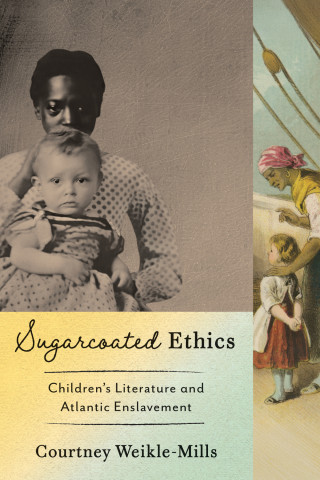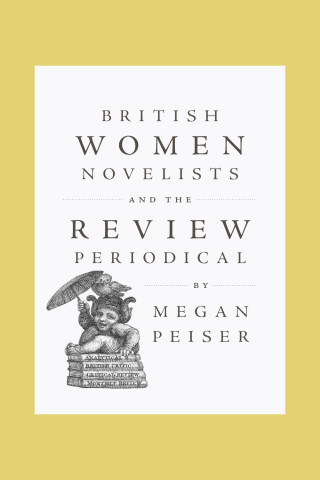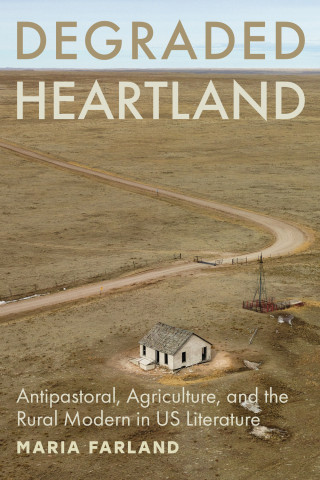How did the creation of the "Other" woman in English narratives contribute to the displacement of sexuality onto the exotic or savage woman? How did this cultural invention reinforce the cult of domesticity at home? What were the social and economic forces driving the process? Among the first books to consider issues of empire in relation to literary texts of the eighteenth century, Torrid Zones offers a compelling revision of the history of feminism in a postcolonial context.
Felicity Nussbaum argues that the need to control women's sexuality in eighteenth-century England intensified as the...
How did the creation of the "Other" woman in English narratives contribute to the displacement of sexuality onto the exotic or savage woman? How did this cultural invention reinforce the cult of domesticity at home? What were the social and economic forces driving the process? Among the first books to consider issues of empire in relation to literary texts of the eighteenth century, Torrid Zones offers a compelling revision of the history of feminism in a postcolonial context.
Felicity Nussbaum argues that the need to control women's sexuality in eighteenth-century England intensified as the demands of trade and colonization required an ever-larger, able-bodied population. Describing how women's reproductive labor was harnessed to that task, Nussbaum explores issues such as the production of life, of goods, and of desire. She also considers a variety of cultural practices (usually construed as exotic) in England and the empire, including polygamy, infanticide, prostitution, homoeroticism, and arranged marriages.
Torrid Zones includes new readings of significant texts by and about female subjects, including novels by Defoe, Richardson, Johnson, Cleland, Lennox, Sarah Scott, Frances Sheridan, and Phebe Gibbes. It also considers the more broadly defined texts of culture such as travel narratives, medical documents, legal records, and engravings.
"I take as a central metaphor for the consideration of maternity and sexuality the concept of torrid zones, both the geographical torrid zones of the territory between the Tropic of Cancer and the Tropic of Capricorn, and the torrid zone mapped onto the human body, especially the female body. A premise of my study is that the contrasts among the torrid, temperate, and frigid zones of the globe are formative in imagining that a sexualized woman of empire is distinct from domestic English womanhood. The general category of 'woman' muddles the binaries between mother and whore, self and Other, center and periphery."—from the Introduction






